One of the biggest draws to get involved with fitness for a lot of people is to lose weight. Which is understandable as over half of the population these days is overweight.
I’m sure everyone reading this knows of at least 1 person who is trying to lose weight – and maybe you are trying to lose weight yourself.
However, real fitness is so much more than just losing weight. It’s about living your life to the fullest and being able to do the things you want to do without having your body holding you back – regardless of what the number is on the scale.
Back when I started my “Total Fitness Bodybuilding” website in the late 1990’s I wanted to focus on more than just the superficial side of looking better, and actually building a body that was functional and healthy.
For me the name Total Fitness Bodybuilding is just that – it’s about having “Total Fitness”. Not just being the biggest, the leanest, the strongest, or looking good on stage in a pair of posing trunks.
Now don’t get me wrong, all of those things are cool and I respect folks who work hard to build an impressive looking physique. But it’s more important to keep health and wellness as the top priority in your fitness program so you can live life to the fullest and be your personal best.
Unfortunately, many of the methods and tactics used by bodybuilders to achieve extreme levels of conditioning with muscle development and low body fat are NOT healthy. In fact, for most bodybuilders when they are in their peak contest condition and look their best – they are actually at their worst for health and wellness… And I’m speaking from experience having done 14 bodybuilding competitions myself I know this is true, because when I looked my best – I felt my worst.
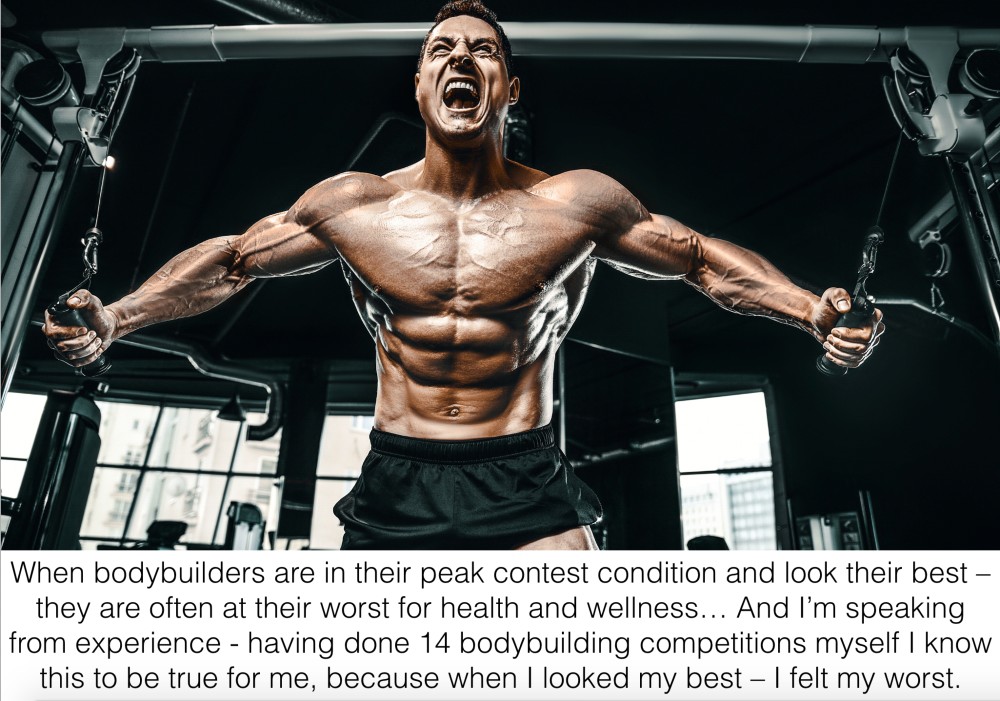
12 Measures Of Real Health and Fitness…
True fitness is a holistic concept that involves various aspects of physical, mental, and emotional well-being. Here are 12 key areas that highlight how having well rounded fitness goes beyond just losing weight:
- Physical Strength and Endurance: Fitness involves building and maintaining physical strength, stamina, and endurance. This can help you perform everyday tasks with ease and excel in physical activities you enjoy.
- Cardiovascular Health: Engaging in regular cardiovascular exercises like running, swimming, or cycling can improve your heart health, lower your risk of heart diseases, and enhance your overall cardiovascular fitness.
- Flexibility and Mobility: Incorporating stretching routines and practices like yoga can enhance your flexibility, balance, and range of motion. This can improve posture, reduce the risk of injuries, and help with day-to-day movements.
- Mental Well-being: Physical activity has a positive impact on mental health. Exercise releases endorphins, which are natural mood elevators, and can help alleviate symptoms of anxiety and depression.
- Cognitive Function: Regular physical activity has been linked to improved cognitive function, including better memory, focus, and overall brain health.
- Bone Health: Weight-bearing exercises, like resistance training, can help maintain and improve bone density, reducing the risk of conditions like osteoporosis.
- Social Interaction: Participating in group fitness classes, sports, and outdoor activities can foster social interactions and a sense of community, which contributes to overall well-being.
- Stress Reduction: Engaging in physical activity can help reduce stress and promote relaxation, which is beneficial for both mental and physical health.
- Energy Levels: Regular exercise can boost energy levels and combat feelings of fatigue, leading to increased productivity and an improved quality of life.
- Disease Prevention: Fitness is linked to a reduced risk of chronic diseases such as heart disease, stroke, diabetes, certain types of cancer, and metabolic disorders.
- Healthy Aging: Staying active as you age can promote healthy aging by maintaining muscle mass, balance, and overall functional independence.
- Self-Confidence: Achieving your fitness goals, whether they’re related to strength, endurance, or skill, can boost self-confidence and self-esteem.
These are the real benefits of living a healthy and active lifestyle. But they often get ignored when people are going to extremes in an effort to lose weight as quickly as possible.
When you resort to extreme dietary restriction and become obsessive with your exercise it rarely leads to improvements in other areas of health and wellness. In fact, it usually leads to downward spiral of problems like added stress, moodiness, irritability, uncontrollable hunger, decreased strength and reduced exercise performance – certainly not an enjoyable or sustainable way to live your life.

I’m a big believer in striving to improve several health and fitness related goals simultaneously. This way you can measure your progress in multiple ways – rather than just obsessing over losing weight as your only metric for measurement.
Succeeding So Slowly That You Feel Like A Failure…
It’s very common to see people embark on a weight loss program and improve their eating, exercise, and lifestyle habits. In doing so they will often make significant progress in terms of increasing strength, stamina, and overall health (i.e. lower blood pressure, lower cholesterol, lower blood sugar, etc.) – but if the number on the scale doesn’t drop as quickly as they would like, they may still feel like a failure.
When this happens most people will quit their program in frustration and go back to their old habits saying…
“I tried dieting and exercising – but it didn’t work.”
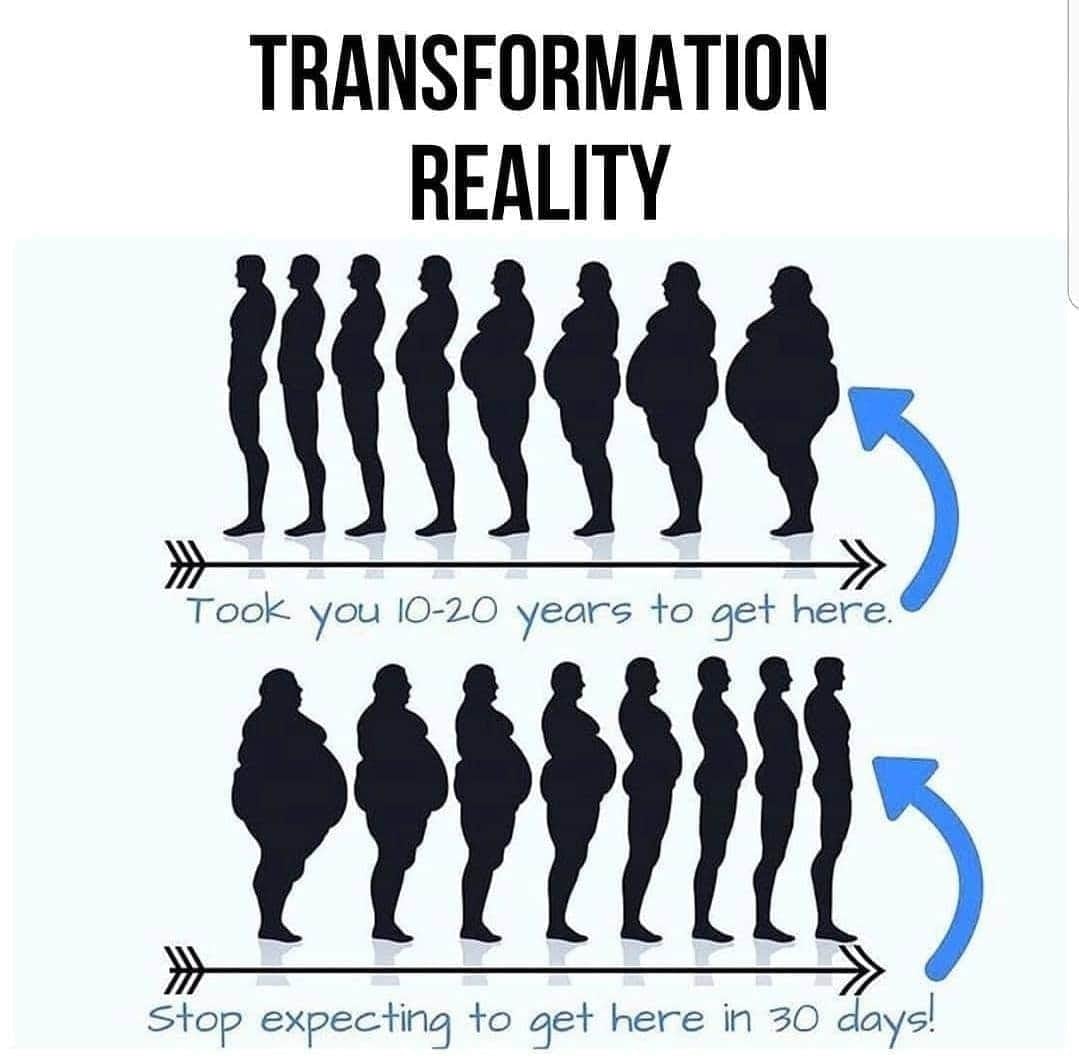
Whereas if they were measuring multiple areas of progress, such as: strength, stamina, flexibility, mobility, blood work, body measurements, in addition to their body weight. They could have very well made progress in some other areas and felt successful with their efforts, increasing their motivation, and helping them stay on track towards reaching their weight loss goals.
One thing that I see with my personal coaching students when they start a new exercise and nutrition program is they will lose body fat while gaining lean muscle at the same time. Now this is actually a very good thing and it means you are improving your body composition. However, it also means that there will not be much, if any, change to the number on the scale – initially.
And if you’re only focusing on the number on the scale and it doesn’t go down – then it’s easy to get frustrated and quit – even when you’re making progress in other areas of fitness.
The truth is losing weight and keeping it off long term is NOT achieved in the matter of a few weeks or even a few months. Regardless of what all the fad diet plans and supplement advertisements claim.
If losing body fat was really as simple as following some quick fix low carb diet or popping a fat burner pill – then we wouldn’t be facing an obesity epidemic in the world today.
To show you what I mean, just look at the people who’s physiques you admire. Be that athletes, actors, celebrities, social media influencers, or even me 🙂
Did any of those people get in shape in a few weeks?
Of course not…
Most likely anyone who has a physique that you admire has been working on their fitness goals for years. They just didn’t go from zero to hero in a few short weeks.
The big thing you need to wrap your mind around right from the start is that improving your health and fitness requires a lifestyle change. You’re not going to achieve lasting results from a 30 day shred, 6 week cut, or any other short term quick fix approach.
There is no finish line and no end date. Accept the fact that this is a never ending process of small daily improvement for the rest of your life. Because if your program has a start and an end date – the results are only going to be temporary.
The ALL or NOTHING Trap…
It’s common for people who start a fitness program to strive to have the perfect diet and the perfect workout program – and if they can’t follow the perfect program – then they feel like what’s the point of even trying?
This leads to the ALL or NOTHING trap – and it’s the worst mistake you can make.
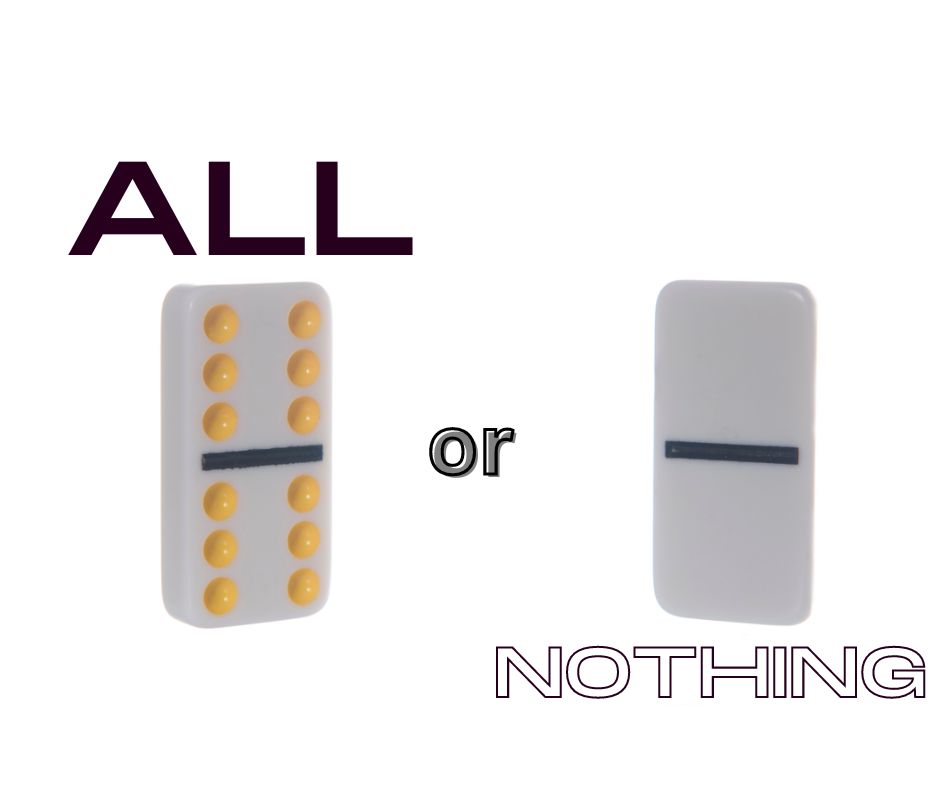
The truth is there is no such a thing as a “Perfect Program” – it doesn’t exist because life is always going to through challenges and curveballs your way. Even the best planned programs will fall off the rails when the excrement hits the fan. The secret to real sustainable fitness success is letting go of the idea of perfection and striving to make the best of your current situation.
Rather than trying to suffer it out in the short term with some super strict low calorie cutting diet and rigorous exercise program – that leaves you feeling hangry, exhausted, and questioning if the juice is worth the squeeze. Realize that you don’t have to be perfect – you just have to strive to be better than you were before. That’s it.
A key concept that I teach my Muscle After 40 Blueprint Coaching Students is to be “Good Enough, But Good Enough Consistently.”
Or another way of putting it, is to strive to be:
Consistently Good – VS – Occasionally Great.
This is the one thing that all the great fitness success stories have in common. While there are dozens of different diet plans and workout programs that you could follow – and there are pros and cons to each and every one of them… The one commonality that all fitness success stories have is they were consistent with whatever approach they took.
You don’t have to be perfect to make progress. It’s ok if you screw up and get off track from time to time. As long as you pick up where you left off, forgive yourself, correct, continue – and “START AGAIN”.
Long term consistency beats short term intensity. And this is what being “Good Enough, But Good Enough Consistently” is all about.
Everyone’s fitness journey is unique, there is no one perfect program. It’s important to set goals that align with your individual needs and preferences, and look at achieving your health and fitness goals as a long-term lifestyle rather than a short-term solution.
If you’d like to see some real world examples of how you can be “Good Enough, But Good Enough Consistently” for yourself – then I’d recommend you download a Free copy of my Muscle After 40 Blueprint Program PDF ebook at the link below:
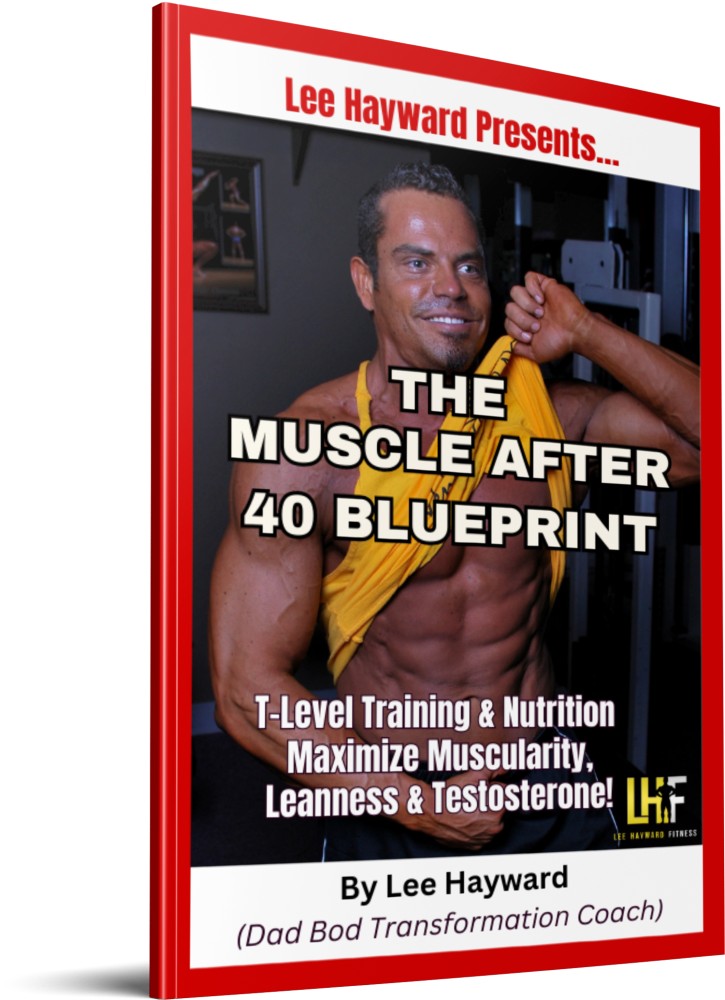
https://leehayward.com/blog/muscle-after-40
In this Free PDF download you’ll discover some simple tweaks and adjustments that you can start doing immediately to transform your health, fitness, and yes – lose weight in the process. Regardless of your age or current physical shape – improvement is always possible!
And if you would like some help with planning out a customized fitness and nutrition plan to help you achieve your health and wellness goals – feel free to schedule a One-On-One Strategy Session Coaching Call with Lee Hayward at: https://leehayward.com/blog/free-10-minute-strategy-session
During this call we’ll chat over zoom and do a “Fitness & Nutrition Audit” of your current program and brainstorm some ideas and action steps for how you can realistically maximize your results and reach your health, fitness, muscle building & fat loss goals.
If I honestly feel that I can help you, then I’ll let you know. And if I can’t, then I won’t BS you, but I will offer some suggestions for experts or resources that can help you.
Either way, at the end of your Strategy Session Coaching Call you’ll walk away with more clarity about what you need to do next with building the body, health, and fitness you desire.
Just Check Out The Results From Some Of My Past Coaching Students…
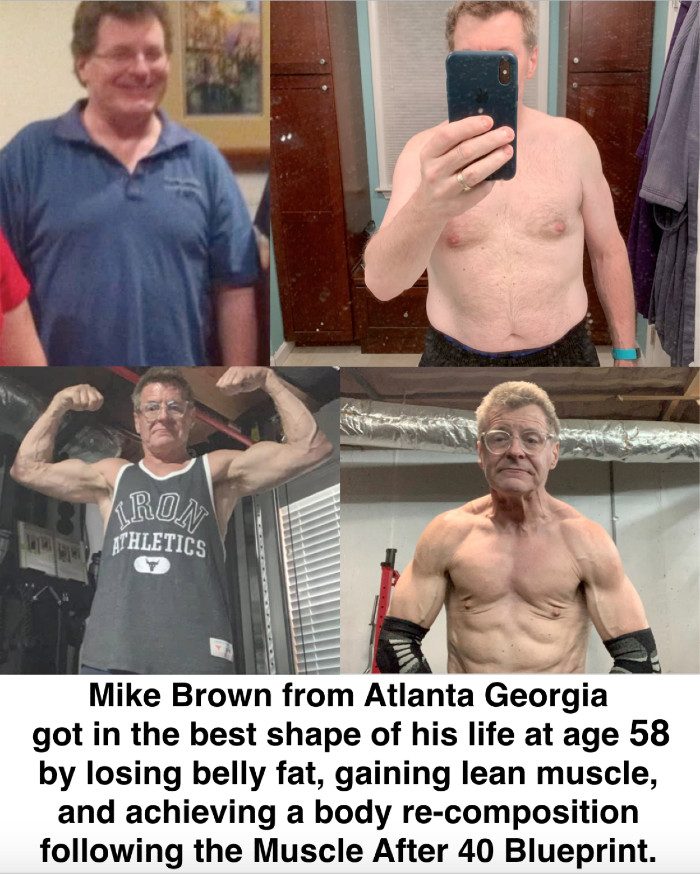
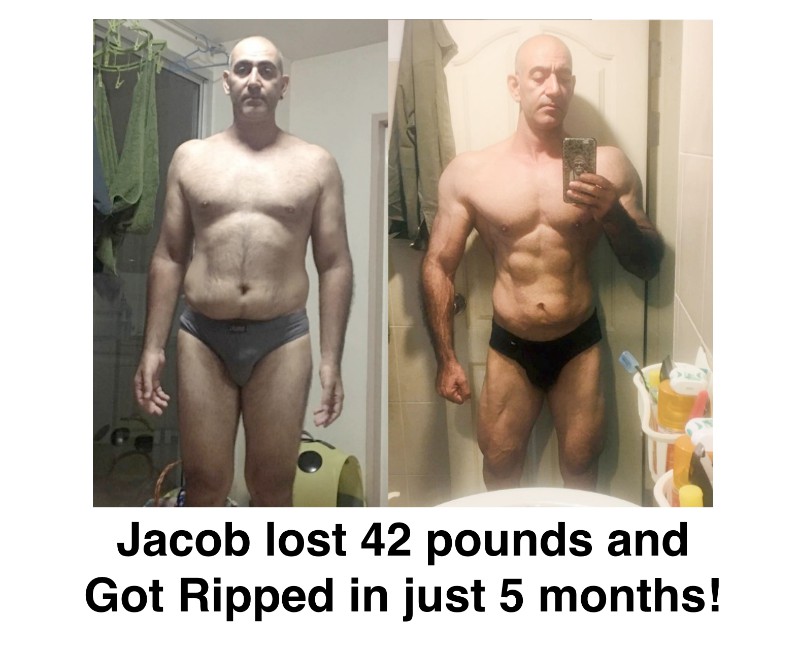
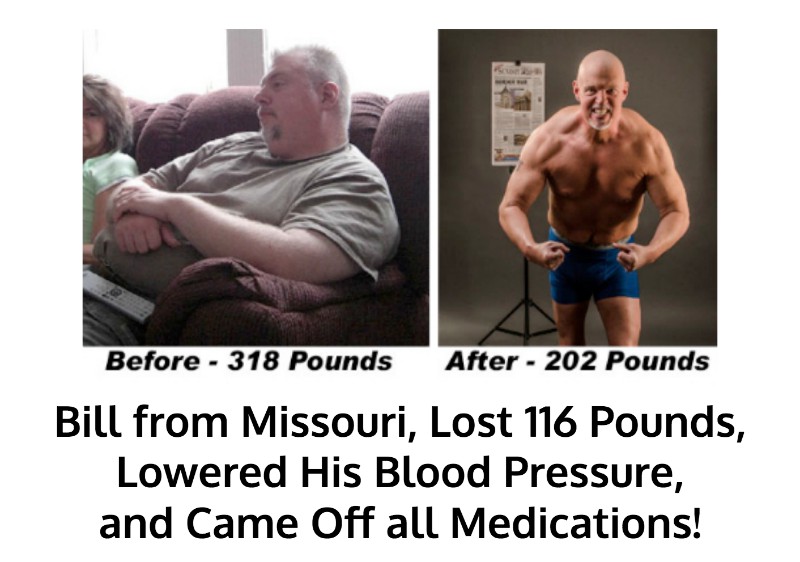

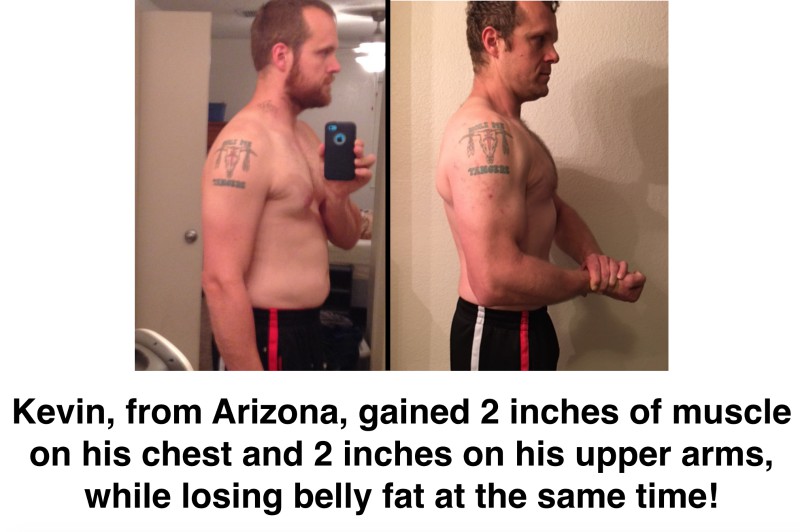
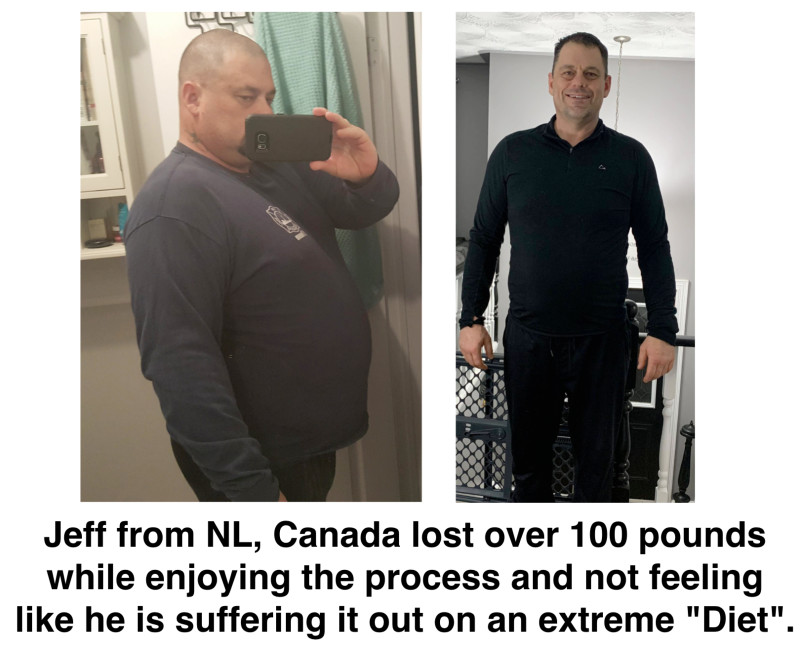
If you’d like to see the exact program that these guys followed to get in their best shape – while enjoying the process, then just click on the link below to download a FREE Copy of my Muscle After 40 Blueprint Program PDF ebook at: https://leehayward.com/blog/muscle-after-40



